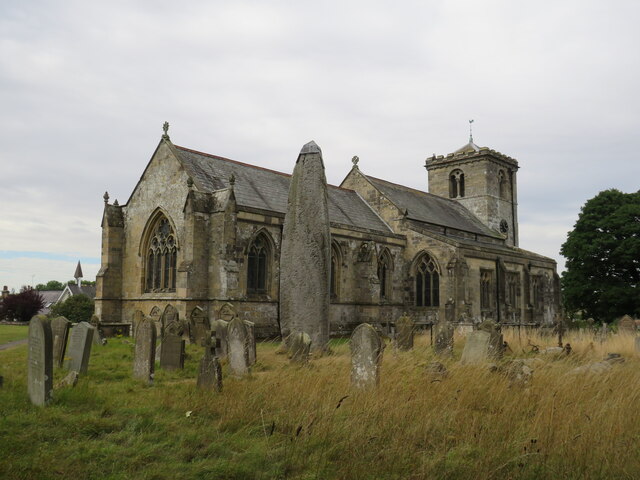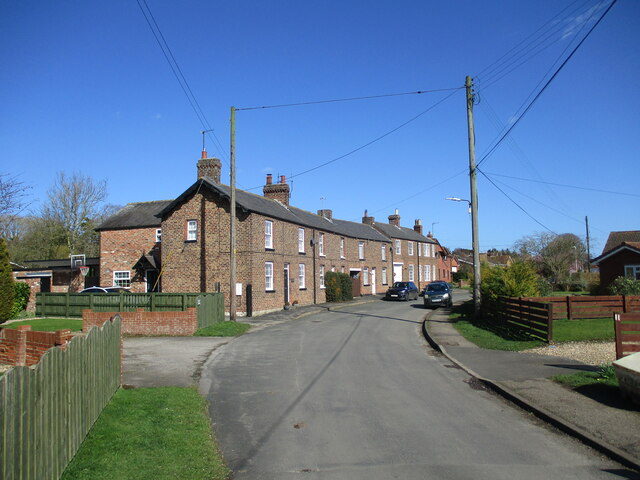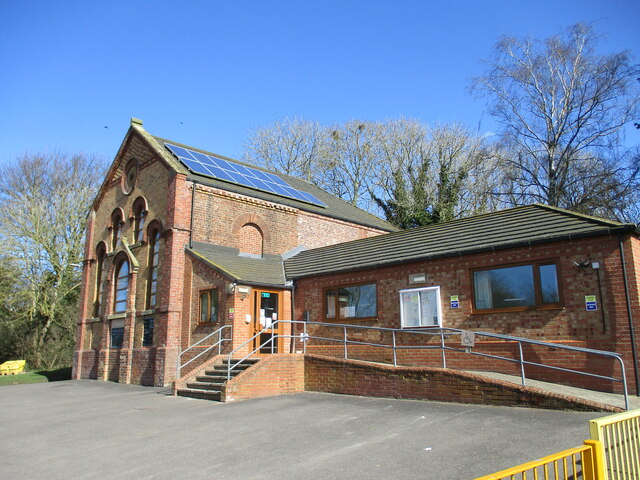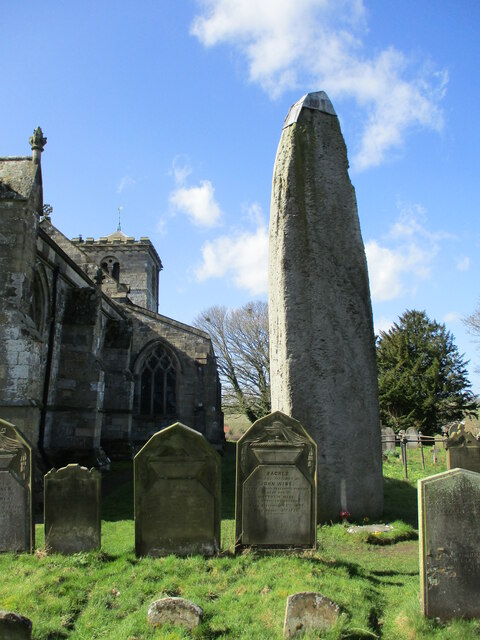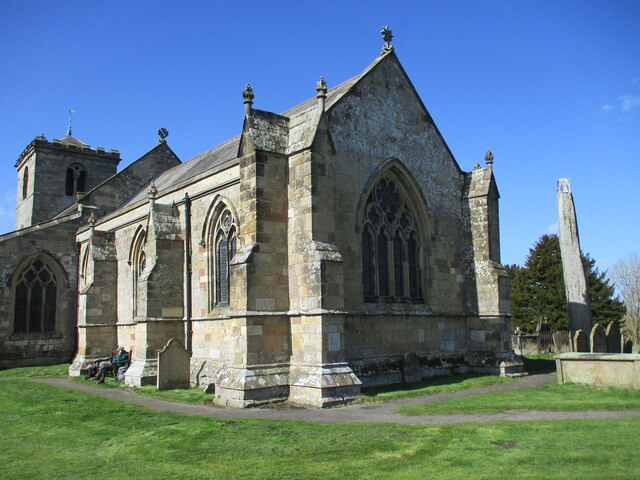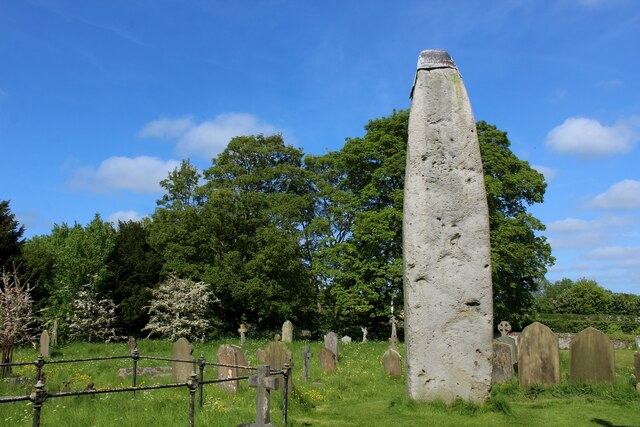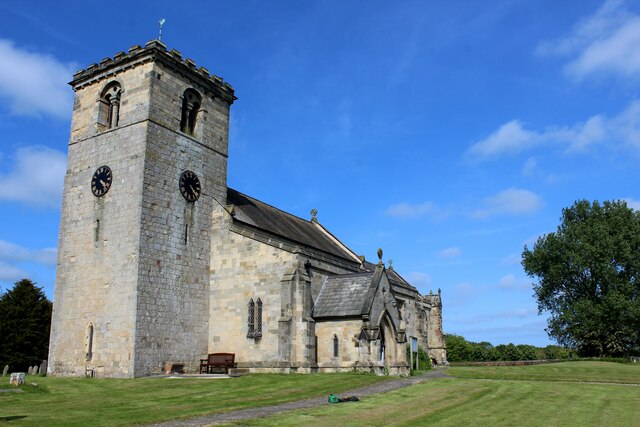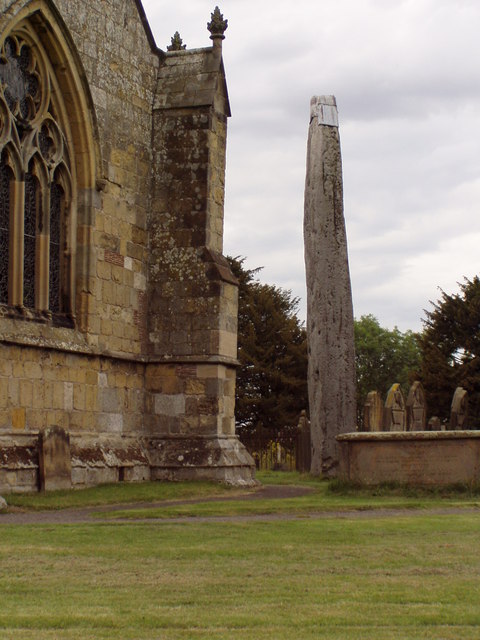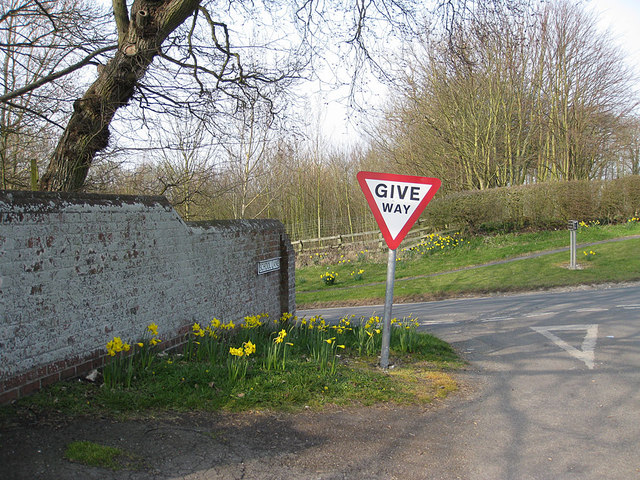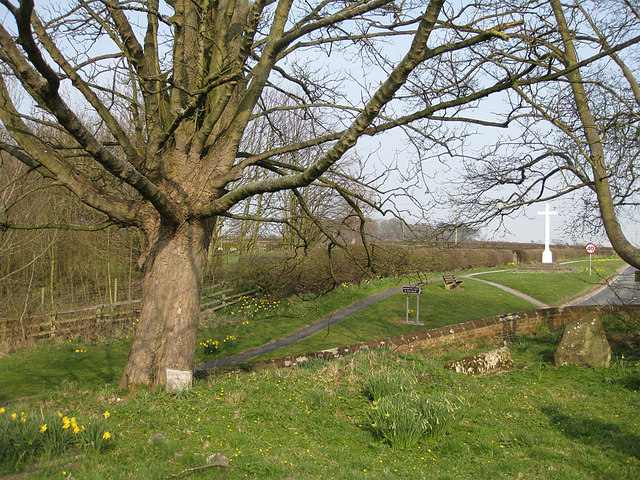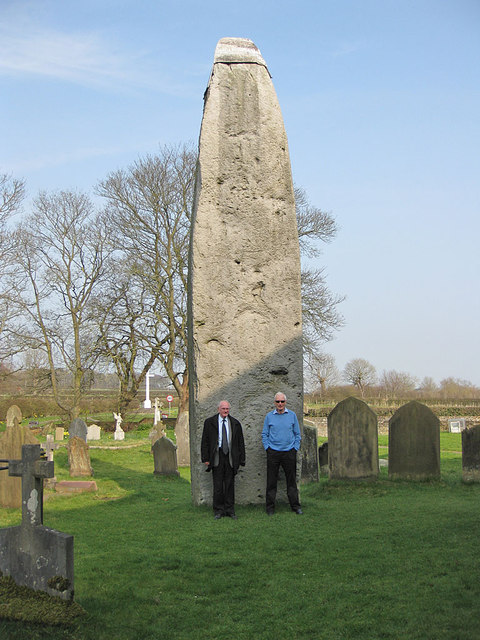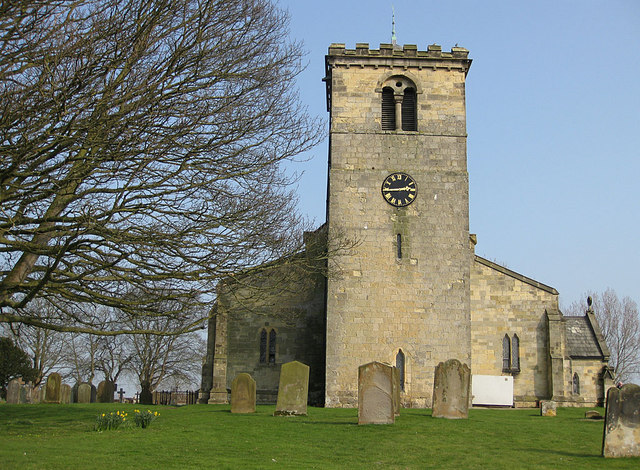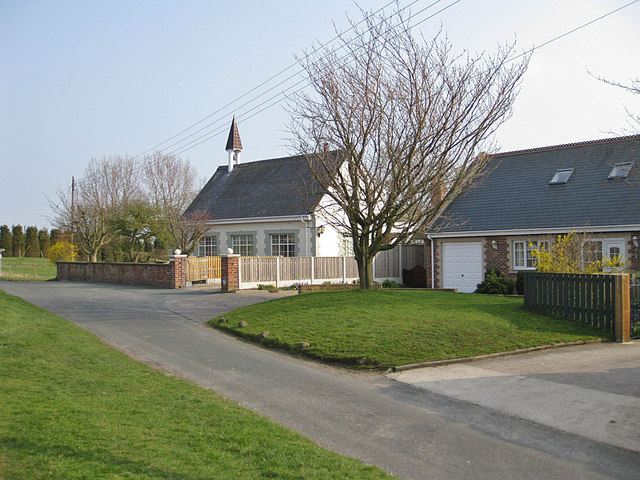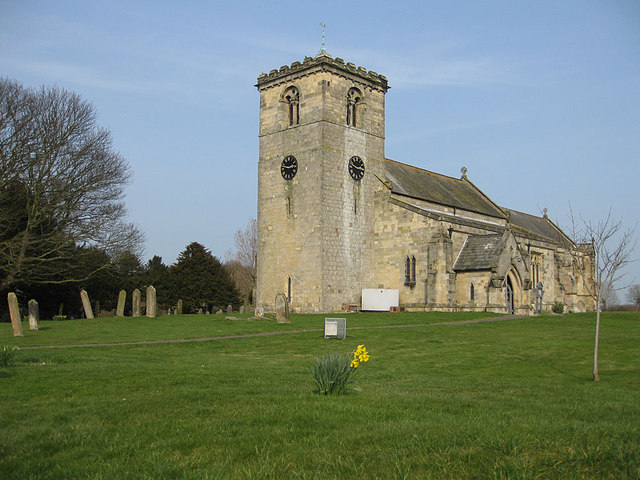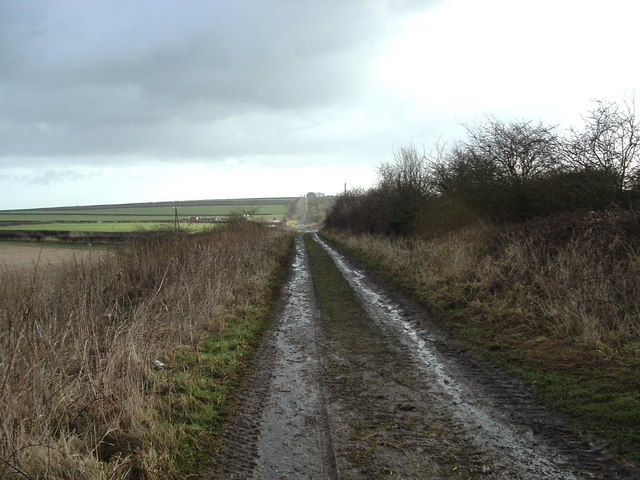Low Caythorpe Village
Heritage Site in Yorkshire
England
Low Caythorpe Village
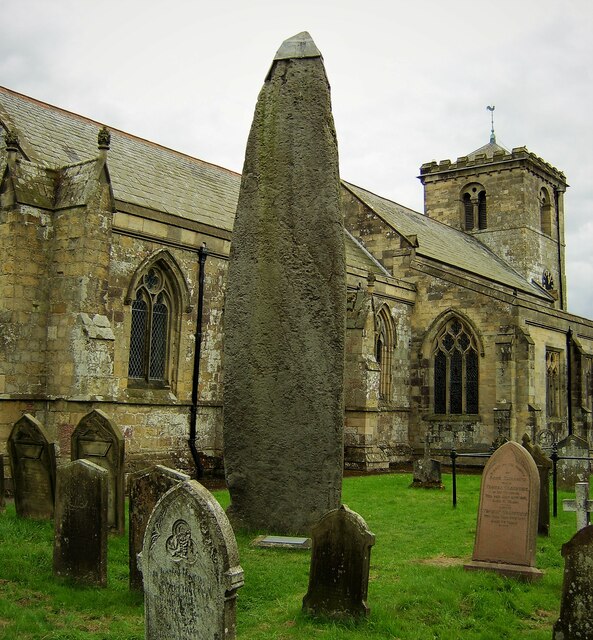
Low Caythorpe Village is a charming and picturesque heritage site located in the beautiful region of Yorkshire, England. Situated on the outskirts of the historic city of York, this village offers visitors a glimpse into the area's rich history and traditional English countryside.
The village is known for its well-preserved medieval architecture, with many timber-framed houses and thatched cottages still standing today. These buildings, along with the village's cobbled streets and stone walls, create a quaint and inviting atmosphere that is reminiscent of a bygone era.
One of the standout features of Low Caythorpe Village is its 12th-century parish church, St. Peter's. This Grade II listed building is a testament to the village's long-standing religious heritage and features stunning stained glass windows and intricate stone carvings.
Nature enthusiasts will find plenty to explore in the surrounding countryside, with rolling hills, green meadows, and winding walking trails. The village is also home to a number of well-maintained gardens, offering visitors a chance to relax and enjoy the tranquility of the area.
For those interested in history, Low Caythorpe Village is ideally situated near several notable landmarks. The famous Castle Howard, a grand stately home and garden, is just a short drive away, as is the historic city of York, with its iconic York Minster and medieval city walls.
Overall, Low Caythorpe Village is a hidden gem in Yorkshire, offering visitors a chance to step back in time and experience the beauty of traditional English village life. Whether you are interested in history, nature, or simply seeking a peaceful retreat, this heritage site is sure to captivate and inspire.
If you have any feedback on the listing, please let us know in the comments section below.
Low Caythorpe Village Images
Images are sourced within 2km of 54.092/-0.295 or Grid Reference TA1167. Thanks to Geograph Open Source API. All images are credited.
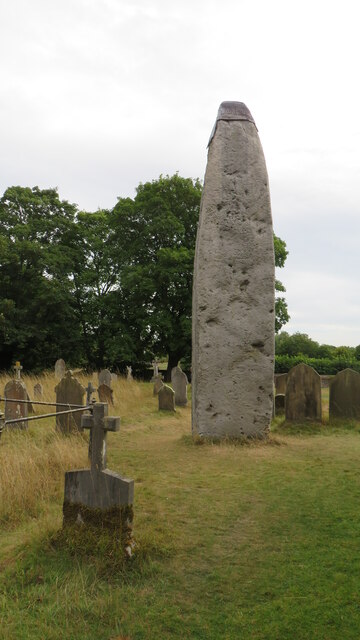
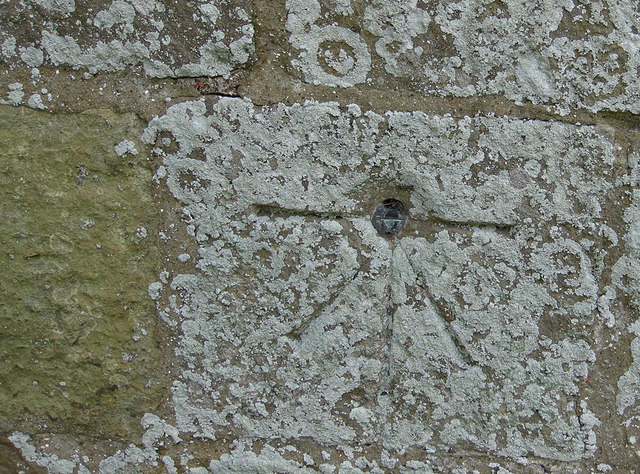
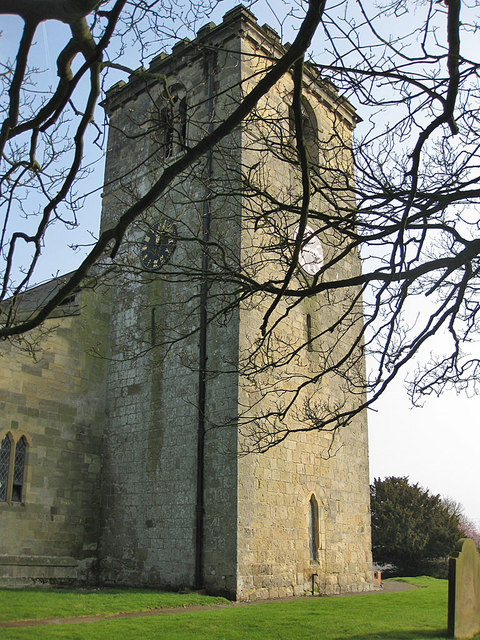
Low Caythorpe Village is located at Grid Ref: TA1167 (Lat: 54.092, Lng: -0.295)
Division: East Riding
Unitary Authority: East Riding of Yorkshire
Police Authority: Humberside
What 3 Words
///childcare.clay.exotic. Near Boynton, East Yorkshire
Nearby Locations
Related Wikis
Woldgate
Woldgate is a minor road in the East Riding of Yorkshire, England, which follows the line of a Roman road. It runs for a distance of 10 miles (16 km)...
Bridlington Rural District
Bridlington was a rural district in the East Riding of Yorkshire in England from 1894 to 1974. It covered a coastal area, and surrounded the municipal...
Rudston Monolith
The Rudston Monolith at over 25 feet (7.6 m) is the tallest megalith (standing stone) in the United Kingdom. It is situated in the churchyard in the village...
Rudston
Rudston is a small village and civil parish in the East Riding of Yorkshire, England. It is situated between Driffield and Bridlington approximately 6...
Nearby Amenities
Located within 500m of 54.092,-0.295Have you been to Low Caythorpe Village?
Leave your review of Low Caythorpe Village below (or comments, questions and feedback).
